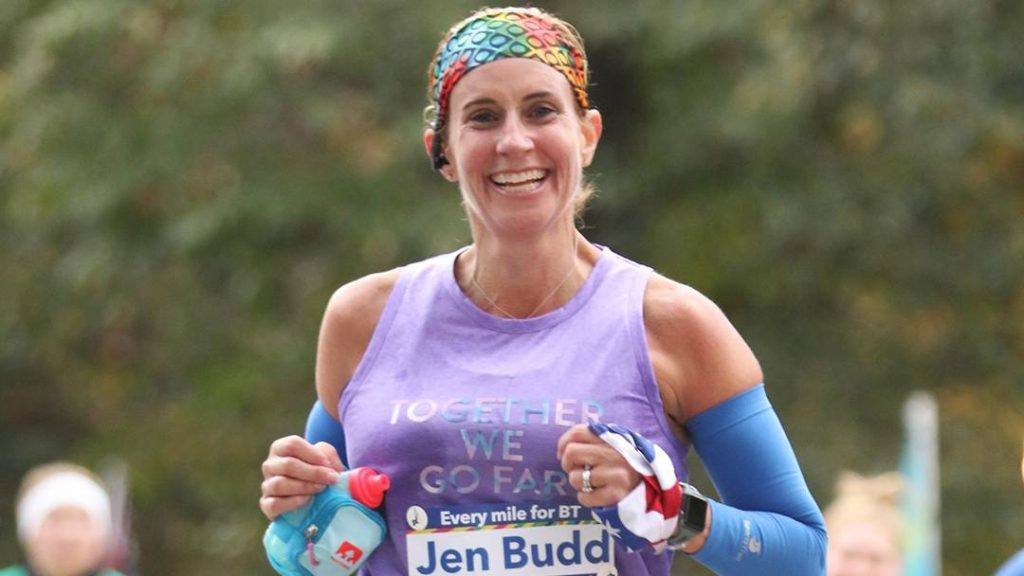Orthopedics Patient Stories

July 23, 2023
Jennifer Budd's biggest accomplishment is also her biggest heartbreak. Jen, an MRI scanning technician at Mayo Clinic in Florida, started running in 2009 to get[...]

February 24, 2015

July 28, 2014

March 15, 2014

February 14, 2014

November 15, 2013

August 22, 2013

August 14, 2013

August 9, 2013

December 29, 2012

December 9, 2012

October 23, 2012

August 8, 2012
Explore more topics
 Sign up
Sign up

Mayo Clinic Connect
An online patient support community
